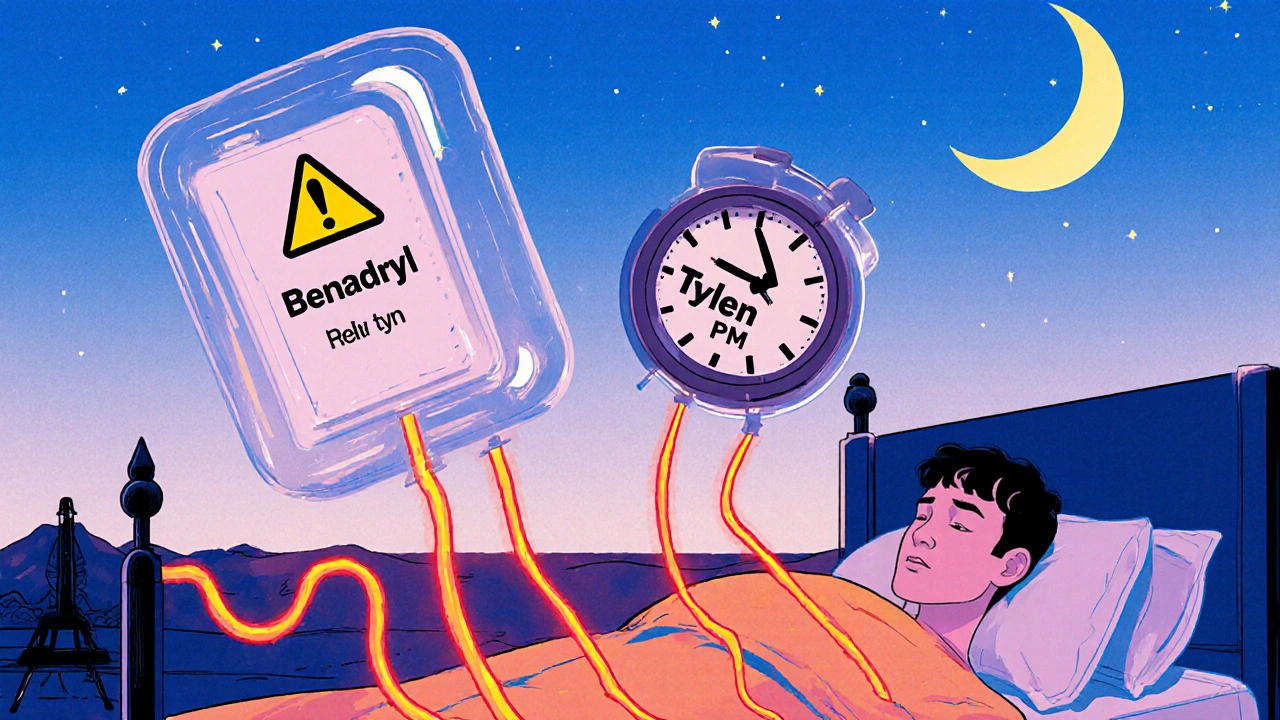Non-Sedating Antihistamines: What They Are and How They Work
When you’re dealing with sneezing, itchy eyes, or a runny nose, you want relief—fast. But you don’t want to feel like you’re half-asleep. That’s where non-sedating antihistamines, a class of allergy medications designed to block histamine without causing drowsiness. Also known as second-generation antihistamines, they’re the go-to for people who need to stay sharp at work, school, or behind the wheel. Unlike older antihistamines like diphenhydramine, which knock you out by crossing into your brain, these newer versions are built to stay outside the central nervous system. They lock onto histamine receptors in your nose, throat, and skin, stopping the allergic reaction before it starts—without the fog.
They’re not all the same, though. Some, like loratadine and cetirizine, are available over the counter and work for 24 hours. Others, like fexofenadine, are less likely to cause mild side effects like dry mouth or headache. Then there’s desloratadine and levocetirizine—active forms of older drugs that pack more punch per milligram. Each has its own profile: one might work better for your hives, another for seasonal pollen. And while none of them are completely free of side effects, they’re far safer for daily use than the sleepy kinds. If you’ve ever taken an antihistamine and felt like you needed a nap after lunch, you’ve felt the difference. These drugs are made for people who can’t afford to slow down.
They’re not just for hay fever, either. People use them for chronic urticaria, allergic skin reactions, and even some cases of insect bite swelling. Doctors often recommend them as a first-line defense because they’re effective, safe for long-term use, and don’t interact badly with most other meds. If you’re on blood pressure pills, antidepressants, or even birth control, you’re usually fine—just check with your provider. What you won’t find in this group are drugs that mess with your sleep cycle or make you clumsy. That’s the whole point.
What you’ll find in the posts below are real-world comparisons, practical advice, and direct answers to questions people actually ask. From how non-sedating antihistamines stack up against older options, to which ones work best for kids or seniors, to why sometimes they just don’t seem to help—these articles cut through the noise. You’ll see how they’re used alongside other treatments, what to do if one stops working, and how to spot the real differences between brands and generics. No fluff. Just what works.
 28 October 2025
28 October 2025
Antihistamines and Restless Legs: Worsening Symptoms and Safe Alternatives
Sedating antihistamines like Benadryl can severely worsen restless legs syndrome by blocking dopamine in the brain. Learn which allergy meds are safe and what alternatives actually work.
Latest Posts
-

Best 5 Natural Melasma Remedies for Faster Skin Lightening
-

How and Where to Buy Avapro Online Safely: A Practical Guide
-

Statistical Analysis in BE Studies: How to Calculate Power and Sample Size Correctly
-

FDALabel Database: How to Search Drug Labels Accurately and Efficiently
-

Explore 5 Alternatives to Cialis for Effective ED Management

11